Small engine: Everything you need to know
- By BISON
Table of Contents
In today’s world, small engines are an integral part of our lives, powering everything from lawnmowers and chainsaws to motorcycles and generators. But what exactly is a small engine? How does it work, and how can you maintain it to ensure its longevity? In this comprehensive guide, BISON will delve deep into the world of small engines, shedding light on their history, various types, workings, and maintenance.
What is a small engine?
Small engines are ones that have a horsepower rating of under 25. Generally speaking, the bigger the engine, the more horsepower. Small engines are typically 2- or 4-stroke components that power outdoor equipment such as tractors, lawn mowers, and generators, as well as smaller vehicles such as mopeds and dirt bikes. Small engines have simple construction, compact size, and efficient performance. If properly maintained, it can last for years.
History of small engines
The development of small engines began centuries ago when manufacturers tried to produce more powerful and smaller engines. In the late 1700s, Scottish inventor James Watt made the first innovations in steam engine design, making it smaller and more efficient.
By the mid-1800s, the first internal combustion engine had been developed. These smaller engines run on gasoline and kerosene and are used by everyone from farmers to industrialists.
In the 1900s, a revolutionary type “P” engine was developed, the first 4-stroke gasoline engine. It immediately became popular due to its convenient, portable design and affordable price.
In the late 1900s, the first light-duty air-cooled two-stroke engine was developed. Today, many manufacturers produce small engines because they are widely used in various outdoor equipment and small vehicles.
Different types of small engines
There are many types of small engines, each designed for a specific purpose and application. Here are some different types of small engines:
two stroke and Four Stroke Engine
Two stroke engines complete one power cycle with two strokes of the piston during one power cycle. They are lightweight, simple in design and have a high power-to-weight ratio. They are commonly used in chainsaws, trimmers, outboard motors and dirt bikes.
Unlike a two-stroke engine, a four-stroke engine completes a power cycle in four piston strokes. They are more efficient and cleaner, but slightly more complex and heavier. They are commonly found in lawn mowers, cars and generators.
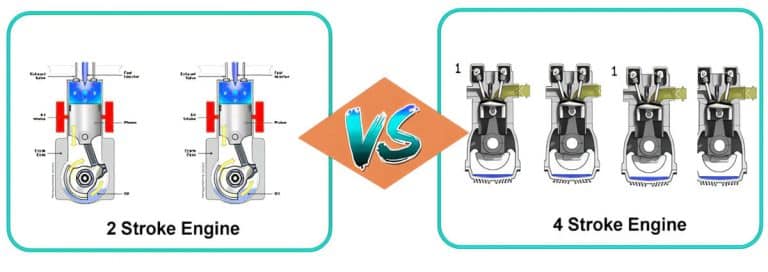
Horizontal And Vertical Small Engines
You need to know the difference between horizontal and vertical shaft engines.
In a horizontal small engine, the crankshaft is oriented sideways on the device, and the piston moves vertically. Chainsaws and leaf blowers are the major products powered by these engines.
In a vertical small engine, the crankshaft is oriented vertically on the device, and pistons move horizontally. Vertical engine string trimmers, brush cutters, and small tillers are the major applications for these engines.
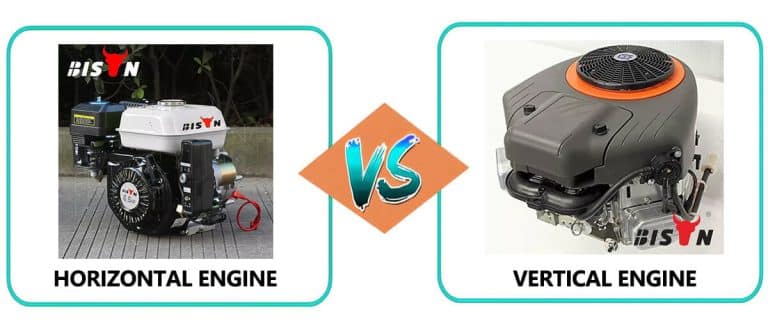
other types of Small Engines
In addition, depending on the type of fuel, BISON has a gasoline engine known for its high-speed operation and a diesel engine with superior fuel efficiency and torque. In addition, engines are also classified according to the number of cylinders, with single-cylinder engines offering simplicity and cost-effectiveness, and twin-cylinder engines offering greater power and smoother operation. Unique configurations also exist within BISON’s range of engines, such as Deceleration engines, designed to reduce speed for specific applications. Each type of engine has its own advantages and serves different purposes in different industries.
How does a small engine work?
Small engine is an internal combustion engine that runs on an explosion between fuel and a spark. The explosion generates thermal energy, which mechanical components in the engine use to power the device.
The 2-stroke and 4-stroke models generate power in much the same way. The steps of the 4-stroke process include:
- Intake Stroke: Through the carburetor, fuel and air are combined as they enter the engine. As the piston descends, the intake valve between the carburetor and the combustion chamber opens, allowing the fuel-air mixture to be driven into the cylinder bore.
- Compression stroke: The intake valve closes when the piston hits the bottom center, causing it to rise back to the top of the cylinder bore. The fuel-air combination is compressed between the cylinder head and the piston during this stroke.
- Power Stroke: When the piston reaches the top, it is ready to ignite the fuel. The spark plug causes a high voltage discharge into the combustion chamber. The heat from the spark ignites the gases and forces the piston back into the cylinder bore.
- Exhaust stroke: When the piston reaches the bottom center again, the exhaust valve opens. The piston moves up the cylinder bore and forces the combustion gases through the exhaust. The exhaust valve closes, once the piston reaches the top, the intake valve opens, and the four-stroke process begins again.
A two-stroke engine does all the same steps, but only in two piston strokes.
Maintenance and repair of small engines
To keep small engines working well, you need to look after them. This includes changing the oil regularly, keeping the air filter clean, checking the spark plugs, draining the fuel if not in use, and inspecting the engine for any damage.
If there are problems with the engine, some common fixes might involve adjusting the carburetor, replacing seals that might be causing oil leaks, fixing problems with the ignition system that prevent the engine from starting, or repairing the cooling system if the engine is overheating.
Always check the manual before you try to fix anything yourself. If you’re not sure what to do, it’s best to ask BISON.
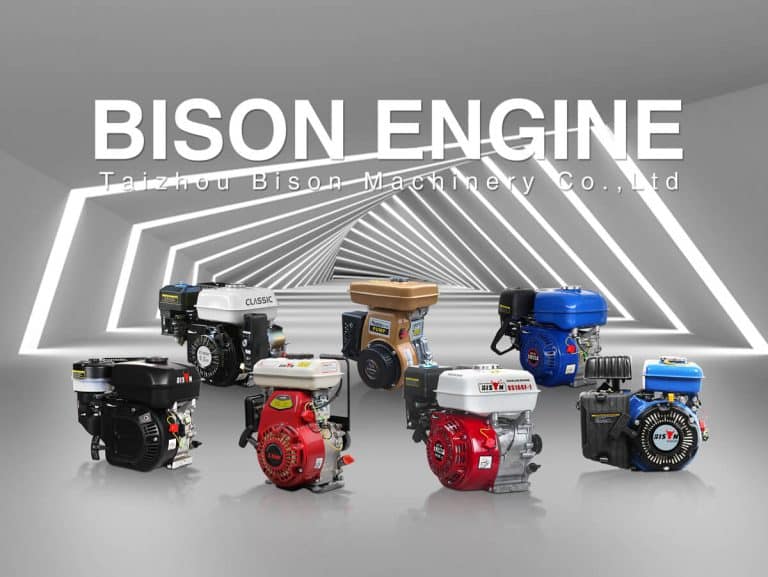
For those new to small engines, we hope this guide has answered some of your initial queries. And for those looking to invest in durable and efficient small engines, we invite you to explore our wide range of products.
As a leading small engine manufacturer in China, BISON are committed to providing high-quality, reliable, and efficient small engines. Our products are designed with precision and built to last, ensuring you get the best performance from your equipment. Contact us today for more information or to place an order. Your journey into the world of small engines starts here.
Most Popular Posts
QUESTIONS?
CONTACT US TODAY.
buy?
Related Posts
how to clean a small engine
By reading this article, you will gain a complete understanding of the intricacies of cleaning your small engine and how this regular maintenance can keep your engine running at its best
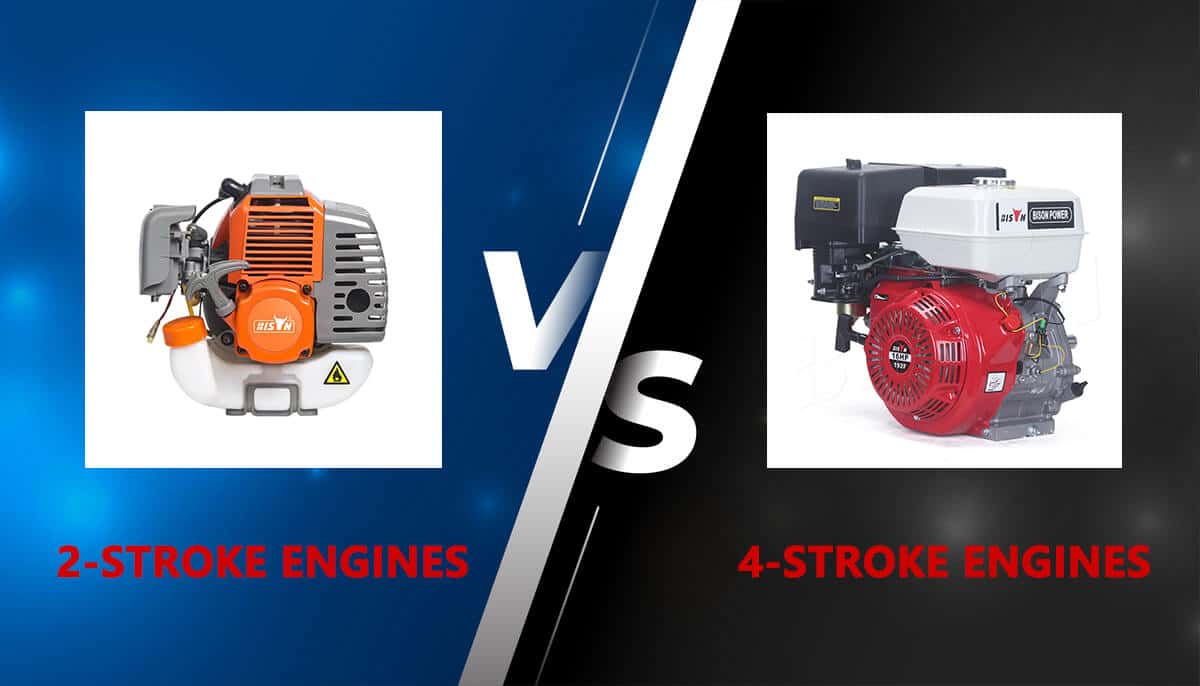
What’s the difference between 2-stroke & 4-stroke engines?
Want to know the difference between 2-stroke & 4-stroke engines? Here is the article which will let you know of every single detail and in depth analysis of both types of engines.
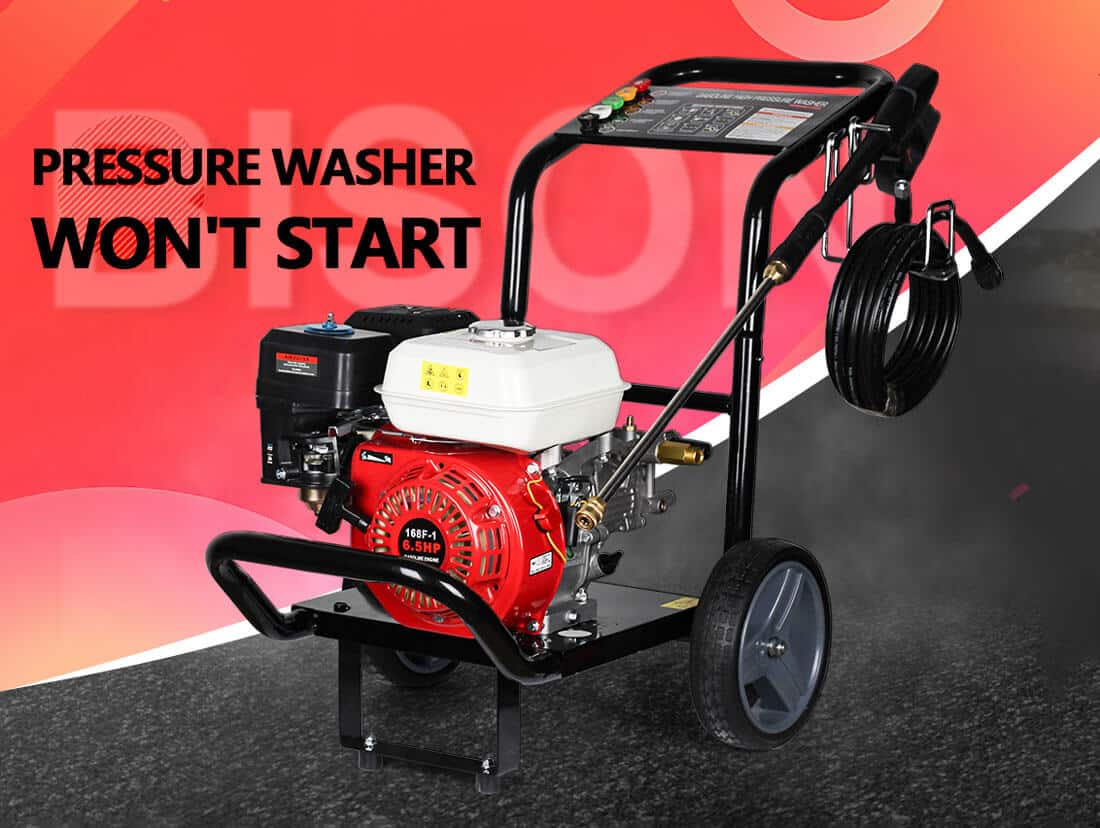
pressure washer won’t start: troubleshooting and DIY fixes
Your pressure washer motor may not start for various reasons. In this comprehensive guide, BISON will lead you through the most common culprits of pressure washer rebellion.
.png)
-qbpqbzxxvtguiuwezisu6wo6j1i29b4m1el1ir1u8o.png)

